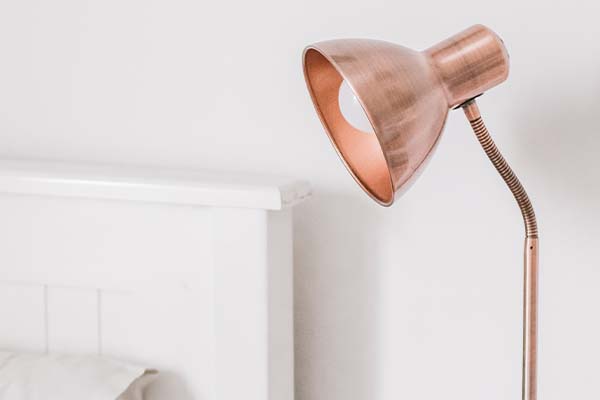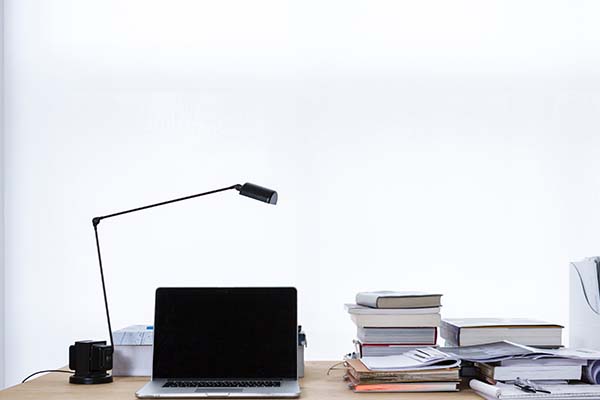To work to its full potential, your thought wishes to assist to focus. Certain colors can have an influence on your capacity to focus and in turn, on how successful you’ll be as you learn about and work through your revision and assignments. Cool mild hues – blues and whites – are the nice color LEDs for studying. They mimic daylight, which helps to hold your idea wakeful and focused. Cooler colors will make sure that you’re at your most attentive as you study.
The Importance Of Good Lighting For Studying
You might have heard that natural light is the best for reading. And frequently, this is correct.
It’s only in the once 100 years or so that artificial lighting has come extensively available. Before Alexander Lodygin created the incandescent light bulb in 1874, which took a lot longer to come commonplace, people would read by sunshine, candle, and so on.
Still, these lights can be relatively dim. They’re also only available at certain times and have a short time limit of use( daylight/ the candle burning out.) indeed gas lighting had its downsides – it could be dangerous, for one!
As lighting has developed, we’ve come to understand that the light you read by can have a direct impact on how you feel, and how your eyes are affected. This is like an apple putting the blue light sludge on their iPhones. Blue light keeps your brain stimulated, making it harder for you to sleep at night.
If We Study In Dim Lighting, What Happens
One of our best lighting tips for reading is simple don’t read in dim light. Whether this is natural or an inadequately lit lamp, you should try and avoid putting yourself in this situation.
This is for two main reasons:
- Dim lighting can harm your eyes by causing myopia (near nearsightedness)
Still, you probably suffer from myopia, if you can see near up but words in the distance are fuzzy. This is a common eyesight problem and is fluently answered by wearing the correct spectacles or contact lenses.
Some studies have shown that not having the best reading lamp and letting yourself read in dim light can increase the chances of myopia. You have presumably felt it yourself after reading in dim light as your pupils have to dilate more to be suitable to read the words. When you look up, items and textbooks in the distance might look blurry for a little while.
For some people, this strain might not cause myopia and instead give them headaches. For these people, reading in a stronger light is always recommended.
- Still, you have lower literacy effectiveness if you read in dim light.
Studies have shown that the correct lighting can increase your grades. This is because dim lighting can lower the smarts’ capability to reuse and retain data and can increase passions of anxiety.
Also, anyone who has taken a test is apprehensive that harsh bright lighting can help you from fastening. When a bright light reflects off the page into your eye it’s veritably distracting and can potentially harm your eye itself.
For optimum results, also, you need to work out your optimal brilliance settings and find the best desk lamp for studying.

If We Study In Good Lighting, What Are The Benefits
- Eye strain is reduced
- It creates a calm and efficient learning environment
Your pupils no longer have to dilate to get as much light as possible. This reduces your chances of eye strain.
When you add the correct lighting to a room, you reduce the position of external distractions. Your brain can concentrate on the data it’s trying to take in. This means you’re more likely to remember what you’re reading about.
5 Tips On Choosing The Best Light For Studying
For most students, analyzing is simply a part of the studying process. However, researchers have shown that the usage of certain procedures in regard to lighting can absolutely make you greater productive in your study sessions, as nicely as assist you to retain greater information. Here are 5 tips on how to choose the excellent mild for reading and studying.
Use Natural Light
It has been proven time and time again that natural light is the best solution for reading or studying. When it comes to the best lighting for studying, try to incorporate as much natural light as possible to get the best results.
Choose The Right Color Temperature
When natural light isn’t readily available, you’ll need to turn to artificial results. The key is to choose the best light color for studying — one that will mimic natural lighting as much as possible. While numerous people suppose sunlight is yellow so it should be a warmer temperature lamp, natural sunlight is actually near to the cool scale of white to bluish white. A good choice would be to conclude with a Kelvin scale of around 4000- 4500k for a solution similar to natural sunlight.
Use Layers Of Lighting
While you may be tempted to simply use task lighting, such as a study lamp, as your main source of lighting, it’s actually better for your eyes if you produce layers of light at the same time. The use of the above gentler lighting combined with the more focused light of a lamp will make it easier for your eyes while reading than having one focused light source which may make it too harsh. In light, it’s all about balance.
Choose The Right Lumen Output
When searching a find out about room lighting fixtures solutions, too many humans are intimidated by way of the information on the packaging. The reliance on lumens is regularly disregarded due to the fact human beings tend to focal point extra on wattage. While wattage is vital in phrases of efficiency of the lamp, lumens is how vivid it will be or the illumination it will create. When searching for a find out about lamp, you choose an excessive adequate lumen to supply you the brightness you need for the undertaking at hand. A typical rule of thumb is that desk or mission lights must be around 50 lumens per rectangular foot.
Minimize Shadows
When reading with a focused and bright task lighting solution, your eyes will have to also acclimate to the other lighting levels in the room. However, your eyes will have a harsher discrepancy to acclimate to when you look down from the task lighting if you have a lot of shadows in the space. Make sure you remedy this by adding redundant lamps as much as possible to avoid eye strain and achieve your ideal study lighting setup.
